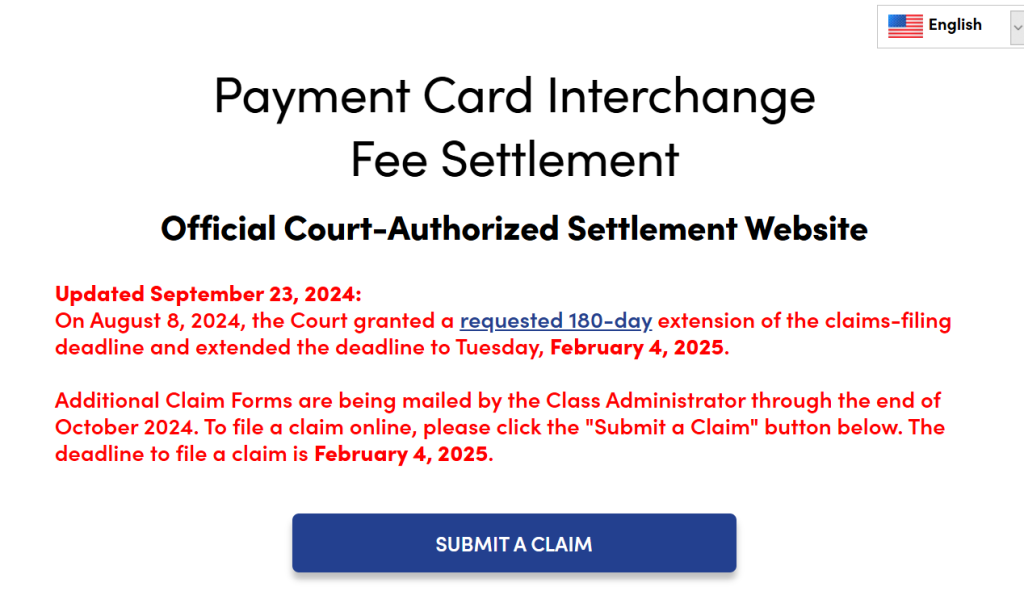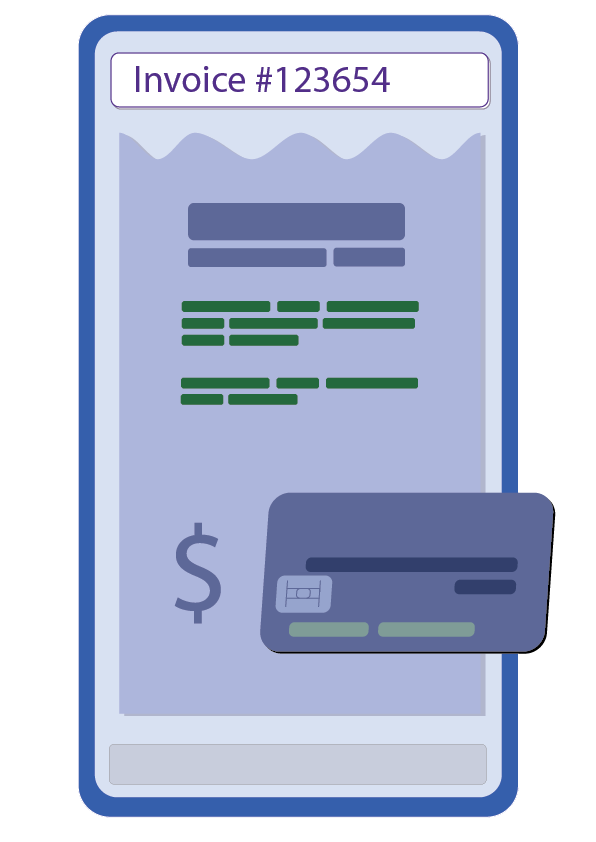For many businesses, payment processing fees can feel like an unavoidable expense. While negotiating rates with processors is one approach, there are several strategic ways to lower your effective processing costs. By optimizing how payments are accepted and processed, businesses can significantly reduce expenses.
Understanding How Payment Optimization Reduces Costs
Payment processing fees aren’t just about the rate charged by a provider—they’re also influenced by how transactions are processed. The right strategies can reduce interchange fees, optimize transaction methods, and prevent unnecessary penalties.
1. Increasing Average Ticket Size
For businesses with low-ticket transactions (especially those under $20), interchange fees can take a bigger bite out of revenue. Most interchange categories consist of a percentage fee charged as well as a fixed transaction fee. For example a normal credit card transaction might have an interchange cost of 1.75% + $0.10 or a regulated debit card may have a cost like 0.05% + $0.22.
On a $20 average ticket that fixed transaction fee of $0.22 is effectively 1.1% of the total sale. If your average ticket was $10 then its 2.2% of the total sales, and that’s before any other fees charged.
Encouraging larger transactions can help reduce per-transaction fees and improve overall margins. Businesses can achieve this by offering bundled products or volume discounts, implementing minimum purchase amounts for card transactions (within the rules and laws), and suggesting upsells or add-ons at checkout.
2. Leveraging Interchange Optimization (Level 2 & Level 3 Processing)
Certain transactions qualify for lower interchange rates if additional data is provided. Level 2 and Level 3 processing—used for B2B and government payments—allows businesses to take advantage of optimized rates. To leverage interchange optimization, businesses should work with their processor to enable Level 2 & 3 data submissions, collect and input enhanced data (such as tax amount & invoice numbers) for qualifying purchases, and train employees to ensure proper transaction categorization. Businesses working with corporate clients or large purchases can benefit significantly from these reduced interchange fees.
For B2C merchants you interchange rates generally start off much lower than B2B, and so there are fewer things you can do to optimize in this way. That said if you payment device prompts you for things like Address and Zip code, or PO Number and Tax amount, don’t just skip those prompts. Skipping over these prompts could be causing your transaction to downgrade increasing your interchange costs.
If your payments device asks for Address and or Zip code its is prompting you to enter the numerical portion of the card holders billing information. If its prompting for PO Number and/or tax amount that is a corporate credit card and not entering something in these fields could also cause your transaction to downgrade.
3. Accepting Card Payments Properly
A common mistake that increases costs is incorrectly accepting card payments. For example, manually keying in transactions when the card is physically present can trigger higher interchange fees since it’s treated as a higher-risk transaction. To avoid unnecessary fees, businesses should always process EMV chip or contactless transactions when a card is present. These adjustments prevent unnecessary costs while improving transaction security.
This is not possible for all businesses, however changes in processing technologies and the rise of the Smartphone have created ways for more and more businesses to be able to accept card present transactions. There are many businesses operating today under the belief that they cant accept card present transactions based on experiences from years past. If you are currently accept card not present transactions its worth looking into new options. Even if you cant move all of your transactions to card present even moving some of them can really help reduce your expenses and provide additional security for the business.
4. Evaluating PIN Debit Transactions
Depending on the business model, PIN debit can either lower or increase processing costs. While PIN-based transactions used to have lower network fees than credit card interchange that isn’t always true these days.
To determine whether PIN debit is beneficial, businesses should analyze past transactions to compare effective rates for debit vs. credit processing and work with their provider to assess the best routing strategy for debit transactions. For some businesses, promoting PIN debit can cut costs—but for others, avoiding it altogether might be the better choice.
5. Preventing Chargebacks & Fraud Fees
Chargebacks are costly, often leading to additional penalties beyond lost revenue. Fraudulent or disputed transactions can negatively impact a business’s bottom line.
Preventing chargebacks involves implementing fraud detection tools (such as AVS or CVV verification), keeping clear transaction records to dispute false chargebacks, educating employees on fraud prevention measures, and communicating return policies clearly to prevent disputes. Avoiding chargebacks isn’t just about security—it directly impacts processing costs.
We also advise businesses review their return/refund policy at least once annually a long side any chargebacks their received the prior year to look for ways they can improve customer interaction to prevent chargebacks from ever occurring. Taking sometime to tweak policies and updating employees training can cut out a lot of head aches and costs down the road.
Final Thoughts
Reducing payment processing expenses doesn’t have to involve tough negotiations. By optimizing transaction acceptance, businesses can lower interchange costs, improve security, and maximize profitability. Whether it’s increasing average ticket size, leveraging Level 2 & 3 processing, or refining payment acceptance methods, these strategies ensure businesses keep more of their revenue. If you have any questions about other ways to optimize your processing fees feel free to reach out.





















